Bird of Paradise, scientifically known as Strelitzia reginae, is a striking tropical plant belonging to the Strelitziaceae family. Native to South Africa, it is renowned for its unique and flamboyant flowers, resembling the plumage of an exotic bird in flight, hence its common name. Bird of Paradise is a popular choice for gardens and landscaping, adding a touch of tropical beauty and drama.
Physical Appearance:
Bird of Paradise is an evergreen perennial that forms clumps of large, banana-like leaves. The leaves are leathery, arranged in a fan-like pattern, and can reach up to 6 feet (1.8 meters) in length. From the center of the leaf clumps, long, sturdy flower stalks emerge, bearing the stunning, bird-like flowers.
Flowers:
The flowers of Bird of Paradise are the plant’s most iconic feature. Each flower consists of three vivid orange or yellow petals and three distinctive blue or purple sepals, creating a dramatic contrast. When fully open, the flower resembles a tropical bird in flight, complete with its vivid colors and unique shape. The flowering season typically occurs during spring and continues through summer.
Cultural Requirements:
Bird of Paradise thrives in warm, subtropical to tropical climates and prefers full sun to partial shade. It requires well-draining, fertile soil and regular watering to keep the soil consistently moist, especially during its active growth period. Adequate spacing between plants is essential to allow sufficient airflow and prevent fungal diseases. Established plants are relatively drought-tolerant.
Uses:
1. Ornamental Purpose: Bird of Paradise is a prized ornamental plant for its striking flowers and lush foliage. It serves as a stunning focal point in tropical gardens, landscapes, and around water features.
2. Cut Flowers: The exquisite flowers of Bird of Paradise are often used in floral arrangements, making a bold statement in bouquets.
3. Container Planting: In cooler climates, Bird of Paradise can be grown in containers and brought indoors during winter for protection from frost.
4. Wildlife Attraction: The nectar-rich flowers attract hummingbirds and butterflies, enhancing biodiversity in the garden.
Note: While Bird of Paradise is relatively low-maintenance, it can be sensitive to cold temperatures and frost, which may damage its foliage and flowers. Pruning dead leaves and spent flowers can help maintain the plant’s appearance and encourage new growth. Additionally, Bird of Paradise may take a few years to bloom when grown from seed, so many gardeners prefer to start with established plants for quicker results. Regular inspection for pests, such as aphids or snails, can help prevent infestations and maintain the plant’s health.

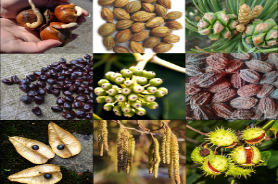

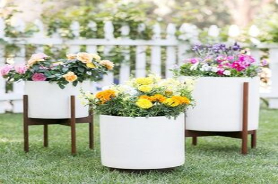



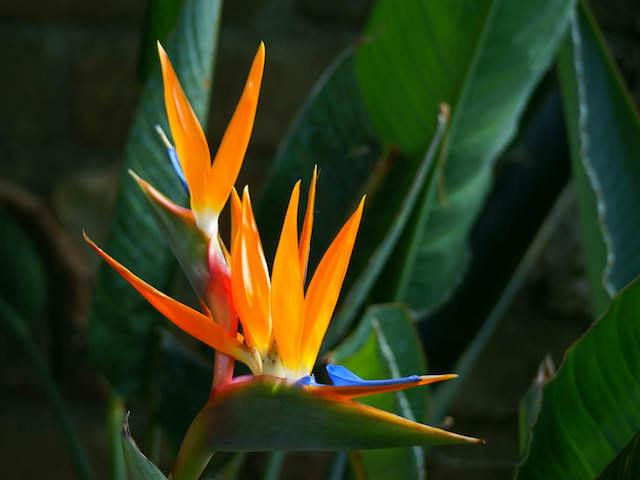
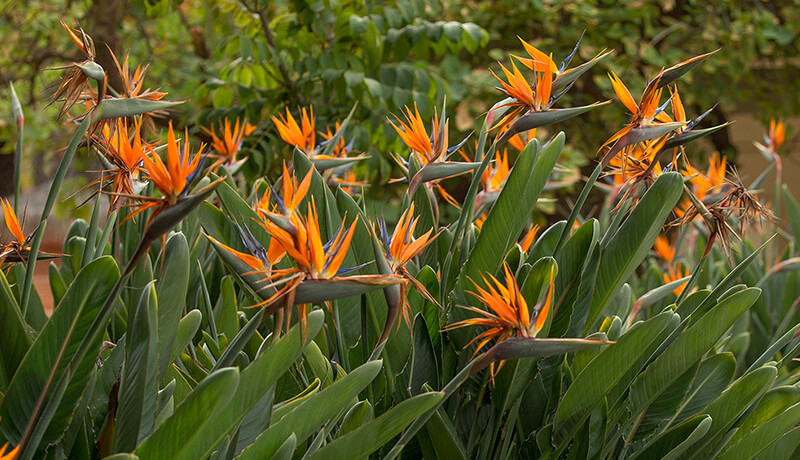
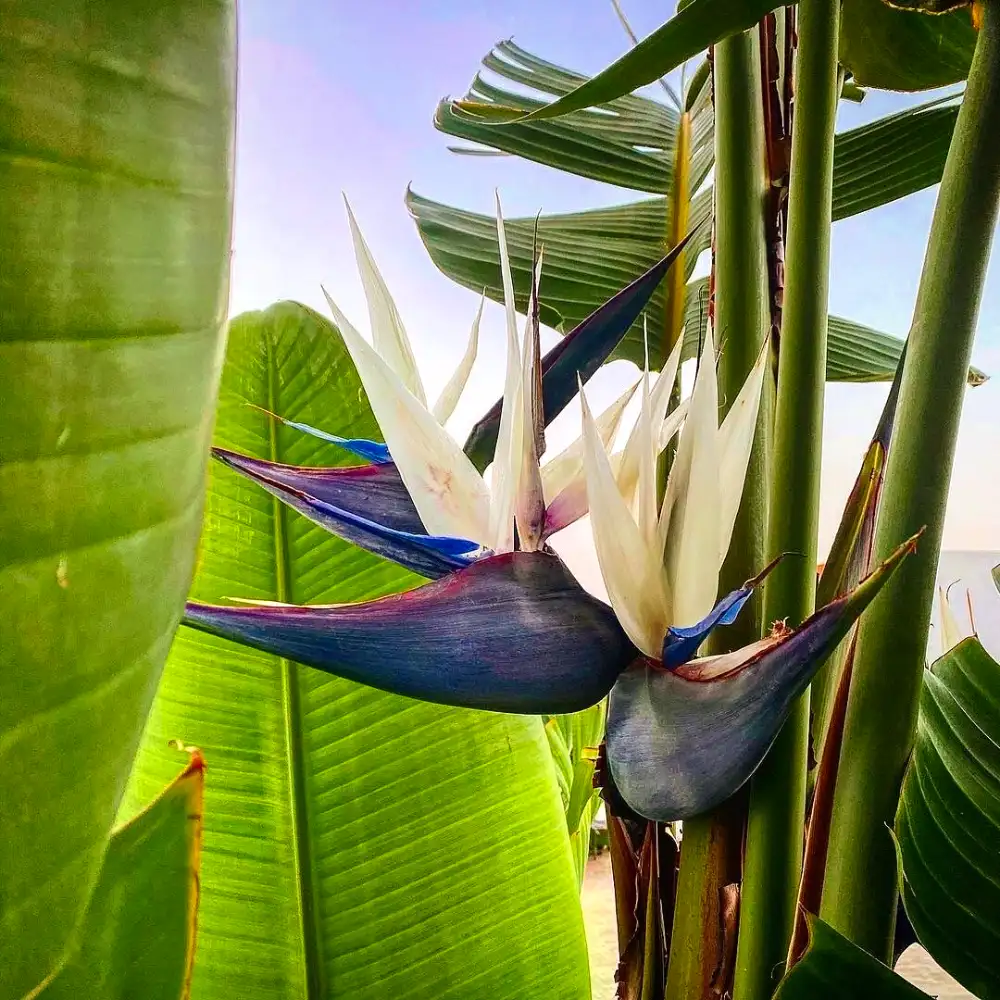

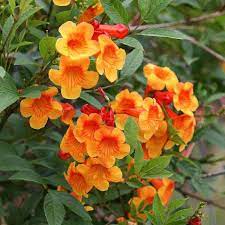


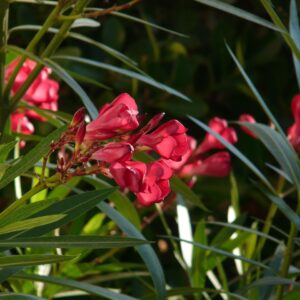
Reviews
There are no reviews yet.